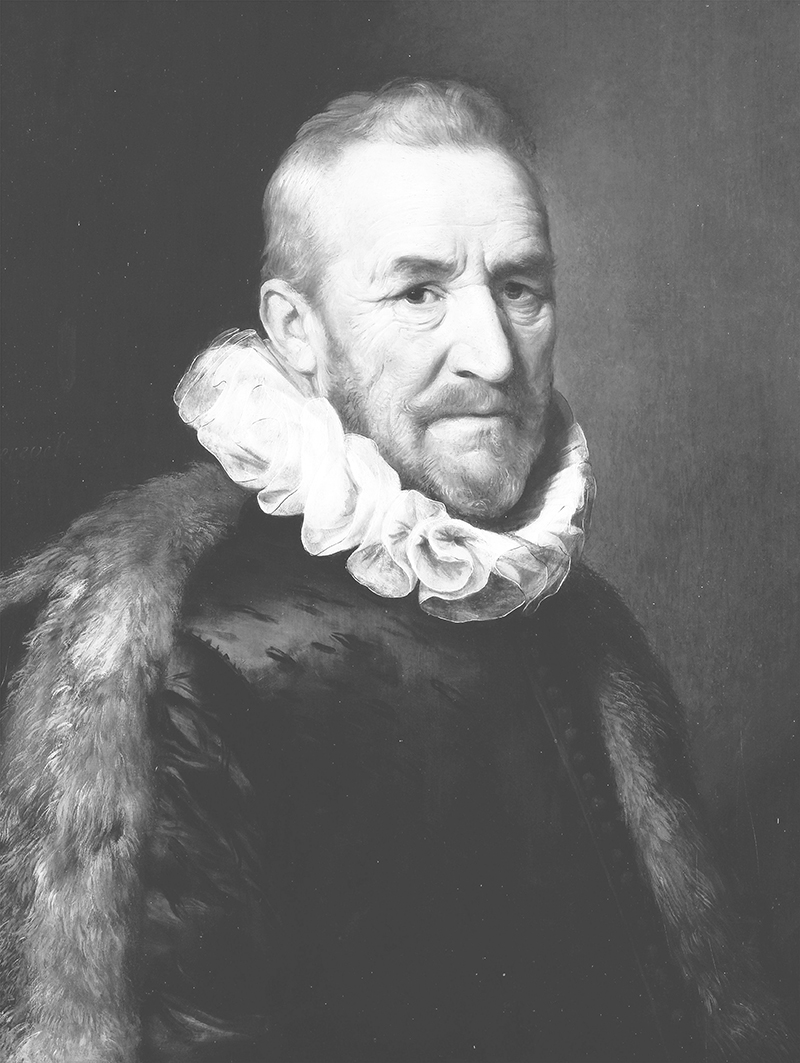Dead Life Project Statement
In 2013 the Rijksmuseum in Amsterdam made high-resolution scans of more than 700,000 objects in their collection freely available. Trapped by the Pandemic, I stumbled across this collection and became fascinated by the material wealth of the Netherlands during the 17th century. The Rijksmuseum’s collection is a staggering record of the display of wealth—and I started wondering about the sources of that wealth.
Chartered in 1602, the Dutch East India company—or in Dutch, Vereenigde Oost Indische Compagnie, referred to as the VOC—was the first publicly traded corporation in the world, and was established to commercialize the highly profitable spice and silk trade with India and the East Indies by spreading the risk incurred by individual ships attempting the long and perilous voyage to the east. The VOC aggregated the costs and then distributed the profits of many separate voyages, eventually creating a source of great wealth for its investors.
The VOC became a multinational company-state, perhaps the largest commercial organization in history, with its own military forces, fortresses, and quasi-independent city-states across South Africa, India, and the East Indies. The VOC was able to independently wage war, coin money, negotiate treaties, establish colonies, enslave people, massacre Indigenous populations, and create spice monopolies by burning entire islands clear of spice plants.
At the same time that the VOC was becoming a force for terror in the East Indies, the Dutch Republic was a haven for liberal thinking in Europe. Unlike many other European countries during the 17th century, the Netherlands had a representational government, freedom of the press, and religious tolerance. Political and religious dissidents were welcomed in the Dutch Republic! The wealth of still lives and portraits painted in the Netherlands during this period points toward a problem with which we still struggle: capitalism makes some of us rich, but often at the price of enormous suffering by others.





Dead Life recombines images of Dutch paintings of the 17th century to collapse these representations of an excess of material wealth into indistinct images. I color separated images of selected paintings, extracted different color information from each, and recombined those colors to make images where the issue of representation of wealth and identity is the main focus of the work.
